Lors de l'achat de skis d'occasion, la sécurité et la performance sont essentielles. Voici comment vérifier rapidement s'ils en valent la peine :
- Carres et semelle : Passez votre ongle le long des carres. Évitez les skis avec de la rouille, des pliures ou des entailles profondes sur la semelle près des carres. Des carres lisses et des marques de surface mineures sont acceptables.
- Surface supérieure : Recherchez des couches qui se décollent, des fissures ou des morceaux manquants. Cela peut laisser entrer l'eau et endommager le noyau du ski.
- Fixations : Vérifiez la présence de fissures, de rouille ou de vis desserrées. Évitez les fixations de plus de 10 ans - elles peuvent ne pas respecter les normes de sécurité ou ne pas s'adapter aux chaussures modernes.
- Adaptation : Assurez-vous que les skis correspondent à votre taille, poids et niveau. Trop de réglages de fixations ou de trous supplémentaires peuvent affaiblir le ski.
Astuce rapide : Si inspecter des skis d'occasion vous semble décourageant, pensez à des alternatives comme les Snowfeet* short skis. Ils sont légers, polyvalents et compatibles avec la plupart des chaussures d'hiver - pas besoin de contrôles ou réglages complexes.
Comparaison rapide
| Caractéristique | Skis longs d'occasion | Snowfeet* Short Skis |
|---|---|---|
| Facilité d'utilisation | Nécessite compétence et taille adaptée | Facile pour les débutants |
| Maintenance | Réparations et réglages fréquents | Entretien minimal |
| Portabilité | Lourd, nécessite un grand sac ou un porte-skis | Léger, se glisse dans un sac à dos |
| Sécurité | Peut avoir des dommages cachés | Neuf avec garantie |
| Prix | Moins cher à l'achat, coûts de réparation | 150 $–690 $, sans frais cachés |
Les skis d'occasion peuvent faire économiser de l'argent mais comportent des risques. En cas de doute, Snowfeet* offre une option plus simple et plus sûre pour s'amuser à skier.
Explication des notes d'état des skis d'occasion | Powder7

Comment vérifier si des skis d'occasion sont encore bons
« Vous cherchez des skis d'occasion ? Faites attention à quatre points clés pour vous assurer qu'ils sont encore bons à utiliser. Ces tests montrent à quel point les skis ont été entretenus et s'ils sont encore aptes à skier.
Cherchez les impacts sur la semelle et les carres
Commencez par la semelle, car c'est la partie la plus sollicitée. Faites glisser votre ongle le long des carres pour détecter les zones rugueuses, creusées ou émoussées. Vous voulez des carres lisses et tranchantes, pas rouillées.
Examinez de près les carres. Elles doivent être droites et propres, sans pliures, bosses ni zones ouvertes. Si les carres semblent lâches ou pliées, passez votre chemin. Les réparer peut coûter cher, et de tels dommages peuvent être dangereux.
Regardez aussi combien de carre reste. Les skis trop souvent réparés peuvent avoir des carres fines, et une usure inégale peut indiquer d'autres problèmes.
Passons à la semelle : quelques petites marques légères sont acceptables. Mais évitez les skis avec des coupures profondes, ou celles qui vont profondément ou près des carres - cela peut nuire à la glisse. Un test rapide ? Frottez les semelles des skis l'une contre l'autre. Elles doivent glisser en douceur. Si elles accrochent ou sont rugueuses, elles pourraient nécessiter une réparation. Assurez-vous que les deux skis sont dans le même état.
Regardez le dessus et partout ailleurs
Après avoir vérifié la semelle et les carres, regardez le dessus. Gary Hohl, propriétaire de Helm of Sun Valley, le dit simplement :
"Beaucoup de choses relèvent du bon sens. Ouvrez les yeux et examinez toutes les parties du ski avec soin. Ce n'est pas de la chirurgie cérébrale."
Recherchez des couches qui se détachent - cela se produit lorsque les couches du ski commencent à se fendre. Vérifiez les côtés, les extrémités et l'arrière, car ces zones sont très sollicitées et peuvent poser problème. Regardez aussi les endroits près des chaussures qui subissent beaucoup de pression.
Faites attention aux grandes coupures ou parties manquantes qui pourraient laisser entrer l'eau. Quand l'eau pénètre, elle peut casser le ski de l'intérieur. Les parties supérieures déchirées, décollées ou cassées sont aussi un mauvais signe. Si vous voyez des couches qui se détachent, d'autres parties pourraient bientôt suivre, ce qui peut nuire à la performance du ski et rendre la réparation difficile.
Testez les fixations de chaussures pour la sécurité
Les fixations de chaussures vous maintiennent en sécurité sur le ski, elles méritent donc une attention particulière. Recherchez des fissures, de la rouille ou des vis desserrées, surtout près des zones avant et arrière du pied.
Sachez que les fixations de chaussures de plus de 10 ans sont considérées comme non couvertes. Cela signifie que le fabricant ne les garantit pas. La plupart des magasins de ski ne réparent pas ces fixations pour des raisons de sécurité.
Todd Carroll, un grand patron chez Wintersteiger en Amérique du Nord, dit :
"Les fixations doivent être ajustées et testées par un technicien qualifié en fixations."
Assurez-vous que les éléments qui maintiennent la chaussure correspondent à vos chaussures. Les nouvelles chaussures existent en plusieurs types de semelles - comme Alpine, Walk-to-Ride (WTR) et GripWalk. Les anciennes fixations pourraient ne pas convenir aux nouveaux styles.
Vérifiez aussi les freins pour voir s'ils bougent facilement. Ils doivent se lever quand vous sortez de la fixation. Regardez les réglages DIN, qui indiquent quand les fixations se libèrent, pour vous assurer qu'ils peuvent être ajustés selon votre poids et votre niveau de ski.
Assurez-vous qu'ils vous conviennent
Même si les skis ont l'air bien, ils ne servent à rien s'ils sont trop grands ou trop petits pour vous. Les vieux skis longs ont besoin de la bonne taille en fonction de votre taille, de votre poids et de votre niveau de ski. Regardez aussi où se trouvent les fixations - si elles ont été beaucoup déplacées, vous pourriez voir des trous supplémentaires. Chaque déplacement réduit les possibilités de modification ultérieure et peut coûter plus cher. De plus, si les fixations ont été réglées pour quelqu'un de très différent en taille, elles pourraient ne pas convenir à votre style de ski.
C'est là que les Snowfeet* Short Skis brillent. Contrairement aux anciens skis, ces petits skis conviennent à de nombreuses tailles et poids. Pas de tableaux de tailles compliqués ni de modifications coûteuses nécessaires - ils sont prêts à l'emploi immédiatement. C'est un choix facile et plus accessible pour beaucoup de skieurs.
Snowfeet* Short Skis vs Used Long Skis
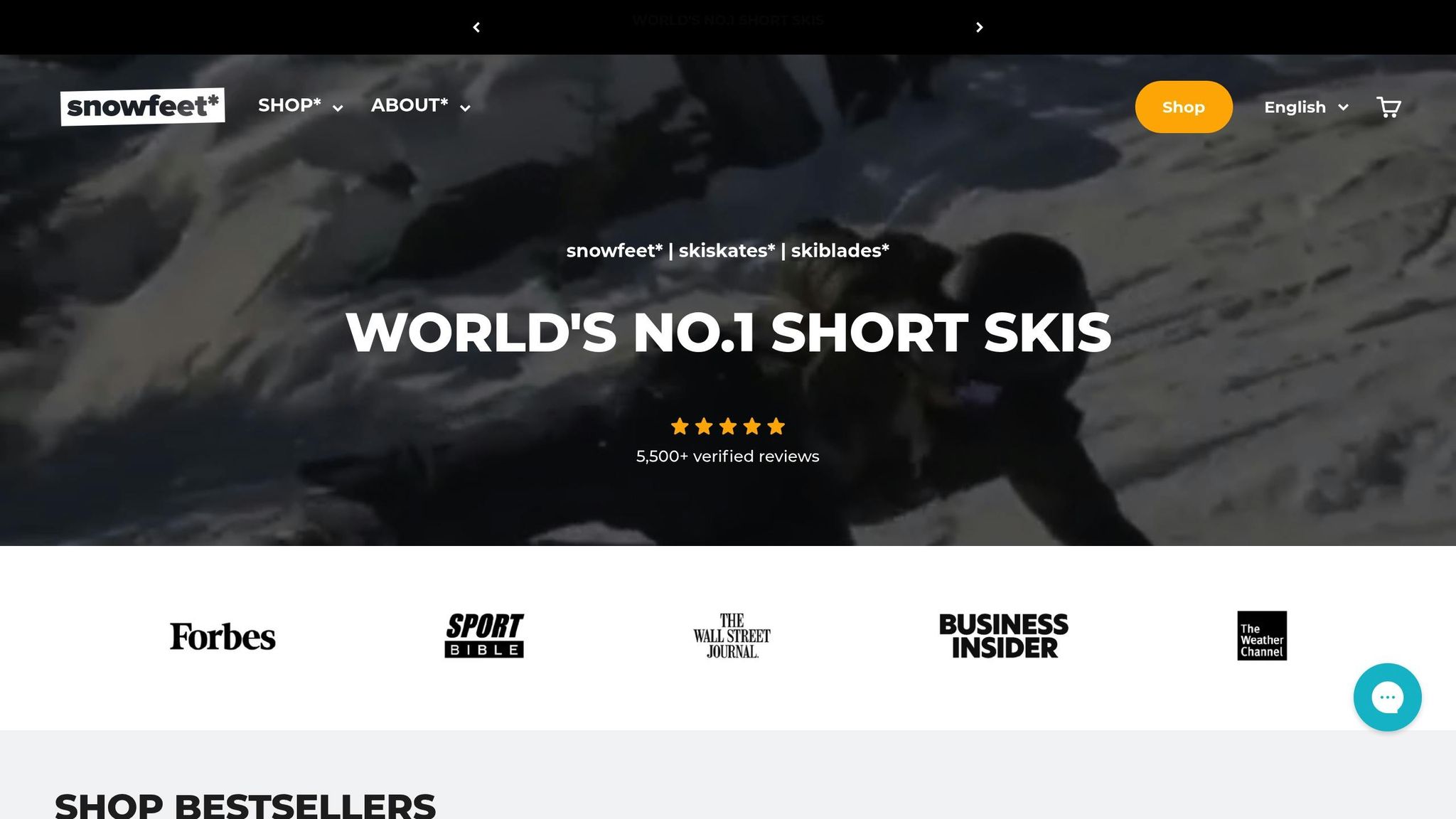
Maintenant, regardons comment les petits skis Snowfeet* se comparent aux anciens skis longs. Attention : il y a plusieurs raisons principales pour lesquelles un choix neuf, fait pour ça comme Snowfeet*, pourrait être votre meilleure option, plutôt que les skis anciens et connus de marques comme Rossignol, Atomic ou Head.
Pourquoi les petits skis Snowfeet* sont une grande nouveauté
Snowfeet* est synonyme de facilité et d'aide. Ils sont petits - de 44 cm à 120 cm - faciles à utiliser, parfaits pour les débutants ou si vous reprenez le ski. Ce n'est pas comme les longs skis de 170 cm, et il est clair pourquoi ces petits skis sont les meilleurs pour les virages serrés, les sentiers étroits ou les zones pleines.
Ils sont légers, donc vous n'avez pas l'impression de porter beaucoup. Ils tiennent dans un sac normal ! Cela signifie que vous vous fatiguez moins et que vous vous amusez plus sur les pistes. De plus, ils vous permettent de tourner rapidement, d'essayer de petits mouvements amusants et de rendre votre journée de ski haute en joie.
Et la taille ? Super simple. Snowfeet* fonctionne avec la plupart des chaussures d'hiver, des boots de snowboard et des chaussures de ski. Pas de tableaux compliqués, pas de réparations coûteuses - il suffit de les attacher et de partir.
Ces points font de Snowfeet* un choix de premier ordre pour quiconque veut passer un bon moment de ski facile.
Pourquoi les anciens skis longs peuvent être un casse-tête
Pourtant, les anciens skis longs apportent aussi des problèmes. Même s'ils viennent de marques reconnues comme Elan, Head ou Atomic, ils peuvent cacher des dommages anciens que vous ne voyez qu'une fois sur les pistes. Personne n'aime les mauvaises secousses lors d'une journée de ski.
L'entretien est un autre point à considérer. Les anciens skis demandent beaucoup de soin, de travail sur les carres et de réparations de semelle. De plus, les fixations anciennes peuvent ne pas fonctionner dans votre magasin de ski local, les rendant obsolètes et peu sûrs.
Ensuite, il y a la question de la taille. Les skis longs doivent correspondre exactement à votre taille, poids et niveau, ce qui peut ressembler à un calcul compliqué que vous n'avez pas choisi de faire. De plus, ils sont volumineux. Vous avez souvent besoin d'un porte-skis ou d'un grand sac à skis, ce qui ajoute du travail.
Les anciens skis longs peuvent aussi être difficiles à utiliser dans des endroits étroits ou accidentés. Ils demandent plus d'efforts, donc ils ne sont pas aussi appréciés par les débutants ou ceux qui préfèrent les mouvements faciles aux grandes vitesses.
Comparaison côte à côte : Snowfeet* vs anciens skis longs
| Caractéristique | Snowfeet* Short Skis | Skis longs d'occasion |
|---|---|---|
| Courbe d'apprentissage | Facile et pour les nouveaux utilisateurs | Plus dur, nécessite plus de temps pour apprendre |
| Facilité de déplacement | Très facile à déplacer | Plus difficile à déplacer dans les petits espaces |
| Facilité de transport | Léger ; se glisse dans un sac à dos | Lourd ; nécessite un grand sac ou un porte-bagages de voiture |
| Entretien | Juste un peu (cire de temps en temps) | Beaucoup (nécessite plus de réparations) |
| Sécurité | Neuf, robuste avec une promesse | Peut être vieux, pourrait avoir des fissures cachées |
| Plage d'utilisation | Bon pour de nombreux endroits et amusant | Bon seulement dans certains endroits |
| Tailles | Une taille pour la plupart | Doit être parfaitement ajusté |
| Prix | 150 $–690 $, neufs avec garantie | Moins cher au départ, plus cher à réparer |
Les skis courts Snowfeet* sont de première qualité quand on parle de durabilité et de résistance. Ils sont fabriqués avec une fibre de verre solide et ont des carres métalliques, en plus d'être garantis pour vous rassurer. Pensez maintenant aux vieux skis, qui peuvent sembler une bonne affaire mais pourraient vous coûter plus cher en réparations ou, pire encore, se casser pendant que vous skiez.
Avec une note parfaite de 5.0 et des prix allant de 150 $ à 690 $, Snowfeet* offre un choix fiable, amusant et facile par rapport aux vieux skis longs. Que vous débutiez ou que vous ayez besoin de quelque chose de facile à transporter et à utiliser de plusieurs façons, ils sont un bon choix pour votre prochaine aventure en plein air.
sbb-itb-17ade95
Conseils pour Acheter Malin et en Sécurité
Quand vous voulez acheter des skis d'occasion ou du nouvel équipement, être prudent peut vous faire économiser de l'argent et vous garder en sécurité sur les pistes. Voici un guide simple pour examiner les skis comme un pro.
Faites une Liste de Contrôle pour les Skis
Quand vous regardez des skis d'occasion, prenez une lampe de poche - c'est la meilleure façon de voir les coupures cachées ou les marques profondes que les vendeurs pourraient ne pas mentionner. Un peu d'observation peut beaucoup aider.
Voici ce qu'il faut vérifier :
- Carres : Faites glisser votre doigt le long des carres pour voir si elles sont tranchantes et droites. Cherchez de la rouille, des éclats ou des parties où la carre pourrait se détacher du ski.
- Semelle : Recherchez un aspect sec ou poudreux, ce qui pourrait signifier que la semelle nécessite des réparations coûteuses.
- Surface Supérieure : Vérifiez les signes de décollement des couches ou les zones molles - cela peut indiquer un dommage au noyau.
- Fixations : Assurez-vous que les fixations correspondent à vos chaussures et que tous les réglages fonctionnent bien. Cherchez des vis desserrées, des fissures ou des pièces usées. Pour être très sûr, faites vérifier la sécurité des fixations par un magasin de ski.
- Histoire et Stockage : Demandez comment le ski a été utilisé et conservé. Les skis gardés dans des endroits humides peuvent avoir des dommages cachés.
Un test rapide de flexion peut aussi révéler des problèmes. Si le ski ne se plie pas uniformément, il pourrait avoir des dommages internes.
Comment Snowfeet* Simplifie l'Achat
Si vérifier les skis semble trop compliqué, Snowfeet* offre un choix plus simple. Avec Snowfeet*, vous obtenez un nouvel équipement avec des garanties et une qualité assurée - pas besoin de s'inquiéter des défauts cachés ou des casse-têtes d'entretien.
Snowfeet* sont fabriqués avec un matériau renforcé en fibre de verre solide et des carres métalliques, ce qui les rend durables. Ils fonctionnent aussi bien sur les sentiers de randonnée, les pistes de ski de fond, les pistes de ski alpin, ou même sur votre colline à luge locale. Contrairement aux skis uniquement pour la neige de marques comme Rossignol ou Atomic, Snowfeet* fonctionne dans de nombreux endroits.
Un autre avantage ? Snowfeet* fonctionnent avec toutes les chaussures d'hiver, vous évitant ainsi les tracas (et les coûts) de trouver des chaussures de ski assorties. Ils nécessitent aussi peu d'entretien - juste un peu de fartage de temps en temps - contrairement aux réparations souvent nécessaires pour les skis d'occasion.
Avec des prix allant de 150 $ à 690 $, Snowfeet* offrent un choix intelligent comparé aux skis d'occasion, surtout quand on considère le coût des réparations possibles. De plus, leur taille facile signifie que vous n'aurez pas à gérer des tableaux compliqués ni à risquer d'obtenir un équipement qui ne correspond pas à votre taille ou à votre niveau.
Comme les skis d'occasion sont meilleurs s'ils ont moins de 3 à 5 ans et que des fixations mobiles peuvent les affaiblir, Snowfeet* se démarquent souvent comme le meilleur choix économique et pratique. Vous bénéficierez d'une utilisation fiable, de la tranquillité d'esprit et sans les tracas des vérifications.
Conclusion : Pourquoi Snowfeet* est le meilleur choix
Acheter des skis d'occasion peut ressembler à un coup de dés. Des problèmes cachés se cachent souvent sous la surface, même avec des marques fiables comme Rossignol, Atomic ou Head. Snowfeet*, en revanche, propose du matériel tout neuf qui élimine l'incertitude et offre une tranquillité d'esprit dès la sortie de la boîte.
Parlons argent. Les skis d'occasion peuvent sembler moins chers au départ, mais les coûts de réparation imprévus peuvent vite s'accumuler. Les modèles Snowfeet*, dont le prix varie entre 150 $ et 690 $, n'ont pas de frais cachés - pas de réglages ou réparations supplémentaires nécessaires. Comparez cela aux skis traditionnels neufs, qui peuvent coûter entre 400 $ et 1 000 $, et un équipement complet peut atteindre 1 500 $. Snowfeet* se démarque clairement comme une option plus économique.
Mais ce n'est pas seulement une question d'économie. Les skis courts Snowfeet* sont conçus pour la performance. Leur design léger les rend faciles à transporter, réduit la fatigue et assure des virages fluides et agiles - parfaits pour les débutants comme pour les skieurs occasionnels. De plus, ils sont incroyablement polyvalents. Que vous glissiez sur des pistes damées, affrontiez la poudreuse, dévaliez des bosses, jouiez dans les snowparks ou exploriez même des itinéraires de ski de fond, Snowfeet* gère tout. Et voici le meilleur : ils fonctionnent avec vos chaussures d'hiver habituelles, donc pas besoin de chercher un équipement spécialisé.
En résumé, Snowfeet* offre une combinaison gagnante d'accessibilité, de performance et de commodité. En évitant les risques et les tracas liés au matériel d'occasion, vous obtenez un équipement fiable et durable d'une entreprise à la pointe des sports d'hiver modernes. Snowfeet* n'est pas seulement un choix - c'est le choix intelligent.
FAQs
Que dois-je vérifier pour m'assurer que des skis d'occasion sont en bon état avant d'acheter ?
Lors de l'examen de skis d'occasion, il est essentiel de leur faire un contrôle minutieux pour s'assurer qu'ils sont en bon état. Commencez par les carres - recherchez des fissures, des déformations ou de la rouille. Cela peut nuire à la performance et même compromettre la sécurité. Ensuite, passez à la semelle. Des entailles profondes, des rayures ou des cloques peuvent être des signes d'un mauvais entretien ou de problèmes structurels cachés. Ne négligez pas non plus les fixations - inspectez-les pour détecter des fissures, une décoloration ou une usure qui pourrait affecter leur sécurité et leur fonctionnalité.
Examinez aussi de près la surface supérieure. Si vous remarquez des dommages qui exposent le noyau, cela pourrait entraîner des dégâts d'eau ou affaiblir les skis avec le temps. Enfin, fléchissez doucement les skis pour vérifier s'ils se tordent ou se déforment sur toute leur longueur. Une déformation peut sérieusement affecter leur maniabilité sur les pistes. Une inspection minutieuse peut vous éviter de mauvaises surprises et vous aider à choisir une paire de skis à la fois sûre et fiable.
Vous hésitez encore à acheter des skis d'occasion ? Vous devriez jeter un œil aux Skiblades ou Skiskates Snowfeet®. Ces alternatives compactes et polyvalentes offrent une nouvelle façon amusante de profiter des sports d'hiver. De plus, leur design moderne les rend super pratiques pour tous ceux qui veulent changer leur façon de skier.
Qu'est-ce qui rend les skis courts Snowfeet* plus faciles à utiliser et à entretenir comparés aux skis traditionnels ?
Les skis courts Snowfeet* misent tout sur la simplicité et la facilité d'utilisation, surtout comparés aux skis traditionnels. Leur design compact les rend très faciles à manier, ce qui est un énorme avantage pour les débutants ou les skieurs occasionnels. Si vous débutez sur les pistes ou souhaitez simplement une expérience plus détendue, Snowfeet rend les virages et le contrôle presque instinctifs - même si vous n'avez pas beaucoup d'expérience.
Un autre grand avantage de Snowfeet est leur portabilité. Ils sont légers et faciles à transporter, contrairement aux skis traditionnels de marques comme Rossignol ou Atomic, qui peuvent être encombrants et nécessitent plus d'efforts pour l'entretien. Oubliez le fartage ou le réglage de matériel lourd - Snowfeet vous permet de passer tout cela tout en offrant une performance solide sur les pistes. C'est une excellente option si vous cherchez quelque chose de fun, sans tracas et pratique pour vos aventures hivernales.
Quels problèmes de sécurité dois-je surveiller avec les fixations de ski plus anciennes ?
Les fixations de ski plus anciennes, en particulier celles qui ont 15 à 20 ans ou plus, peuvent présenter de sérieux risques pour la sécurité. Avec le temps, les pièces usées, la corrosion et les ressorts affaiblis peuvent affecter leur bon fonctionnement. Cela peut signifier qu'elles ne se déclenchent pas comme elles le devraient lors d'une chute, ce qui pourrait entraîner des blessures.
Si vos fixations présentent des dommages visibles, de la rouille ou ont plus de vingt ans, il est judicieux de les remplacer. Les fixations modernes ne sont pas seulement plus sûres - elles sont conçues pour répondre aux normes actuelles de sécurité et de performance. Garder vos fixations à jour est un moyen simple de rendre le ski plus sûr et beaucoup plus amusant.
Articles de blog connexes
- Choisir les skis pour enfants : Guide des tailles 2025 & conseils d'achat
- Skis Freestyle expliqués : votre guide pour une performance ludique [2025]
- Tableau des tailles de skis selon la taille [2025] : Trouvez votre longueur parfaite
- Comment savoir si mes skis sont trop vieux et doivent être remplacés ? (2025)







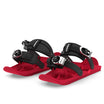
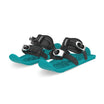












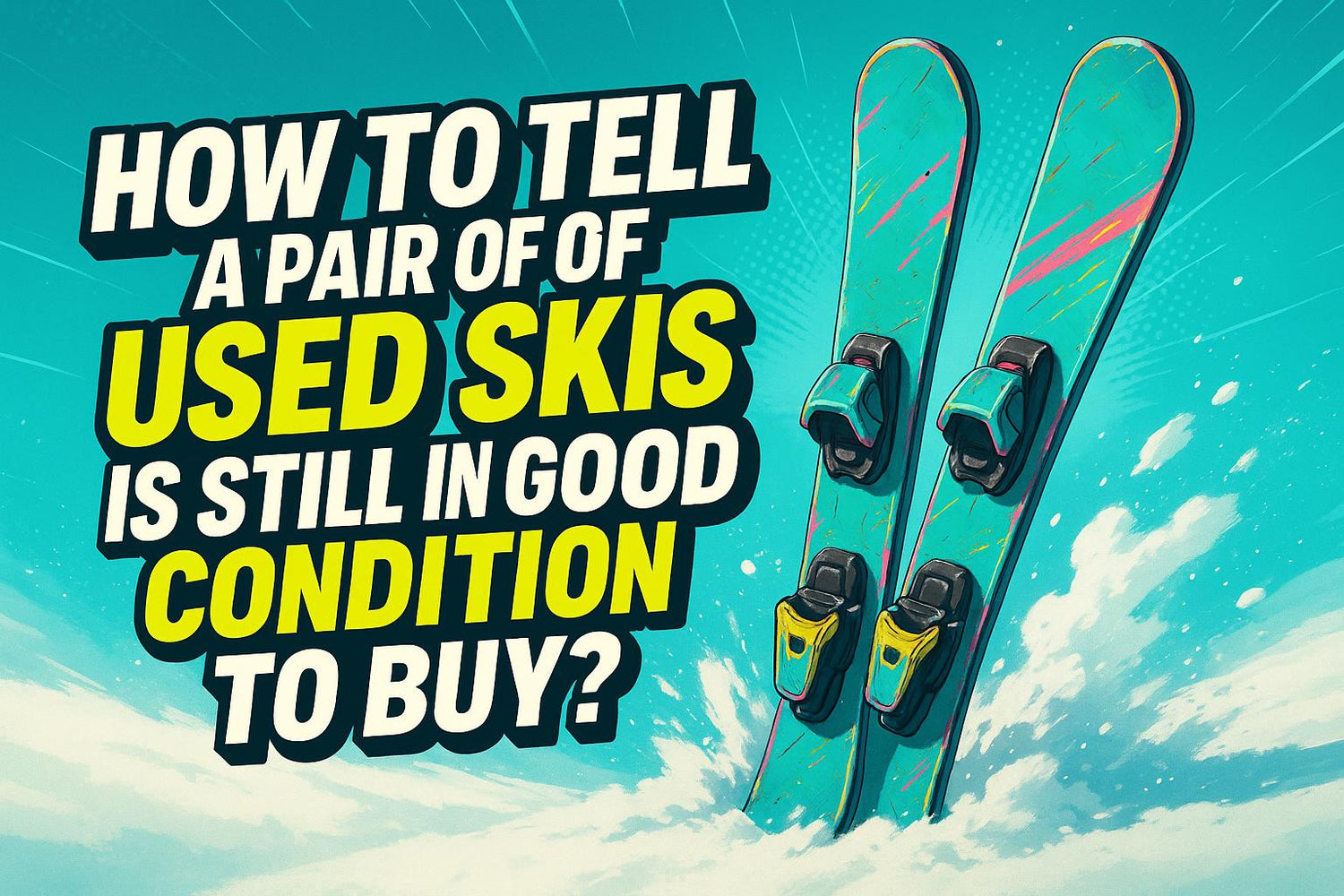




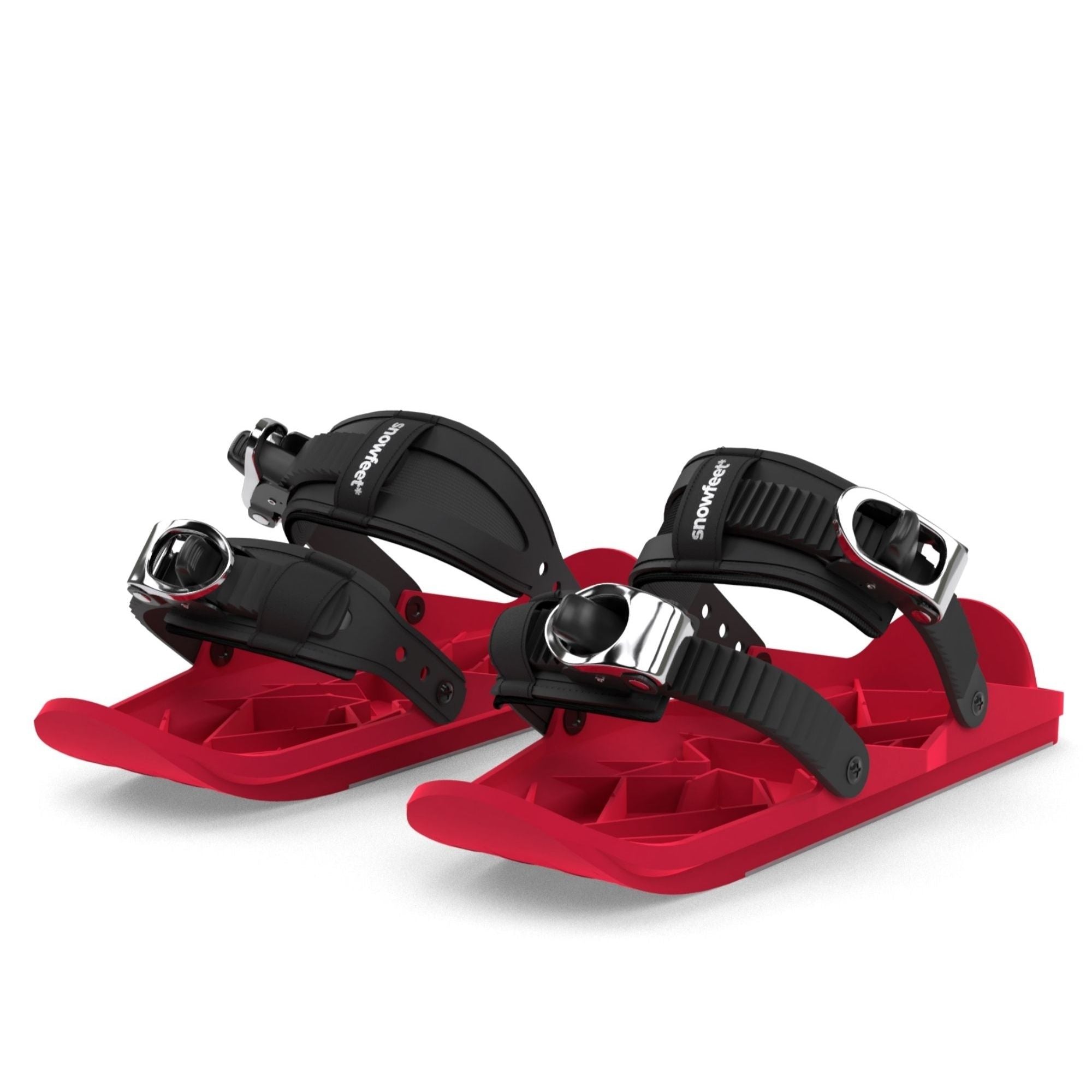
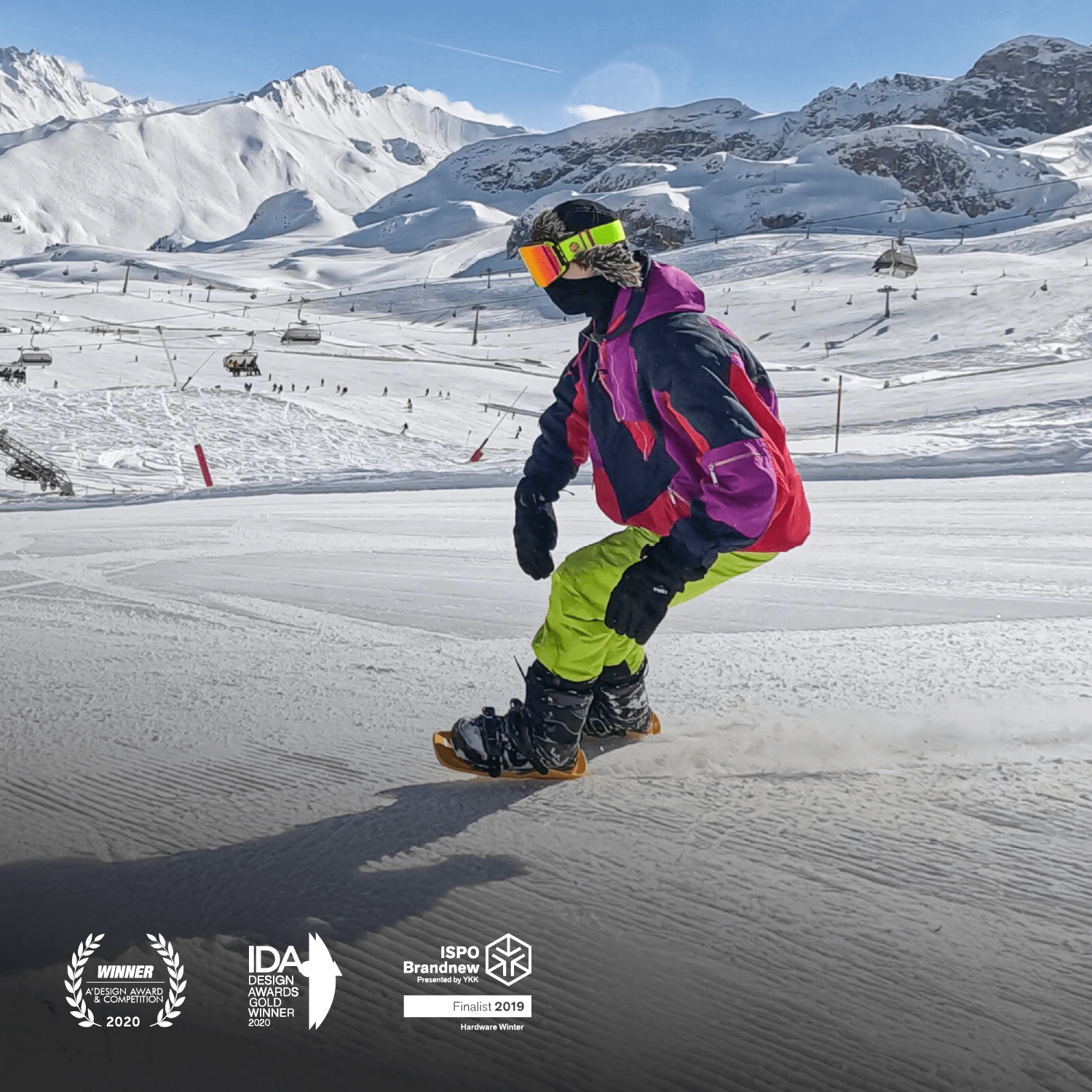




1 commentaire
Jenny Klim
Jeg vil gerne dele mit vidunderlige vidnesbyrd om, hvordan jeg fik min livs mand tilbage. Jeg vil fortælle folk i verden, at der findes en ægte trylleformular online, som er kraftfuld og ægte. Hans navn er Baba Wale Wiseman. Han hjalp mig for nylig med at genforene mit forhold til min mand, som droppede mig. Da jeg kontaktede Wiseman, kastede han en kærlighedsbesværgelse for mig, og min mand, som sagde, at han ikke ville have noget med mig at gøre igen, ringede til mig og begyndte at tigge mig. Til alle, der læser denne artikel og har brug for hjælp, kan Wiseman også tilbyde alle former for hjælp, såsom at genforene ægteskab og forhold, helbrede alle typer sygdomme, retssager, graviditetsbesværgelser. Vi er nu meget glade for os selv. Wiseman får ham til at indse, hvor meget vi elsker og har brug for hinanden. Denne mand er ægte og god. Han kan også hjælpe dig med at reparere dit ødelagte forhold. Jeg fik min mand tilbage! Det var som et mirakel! Ingen parterapi, og vi har det rigtig godt i vores kærlighedsliv. Kontakt denne fantastiske mand, hvis du har problemer med en varig løsning, via e-mail: babawalewiseman01@gmail.com WhatsApp +16452205737 Viber: +18594463868
Laisser un commentaire
Ce site est protégé par hCaptcha, et la Politique de confidentialité et les Conditions de service de hCaptcha s’appliquent.